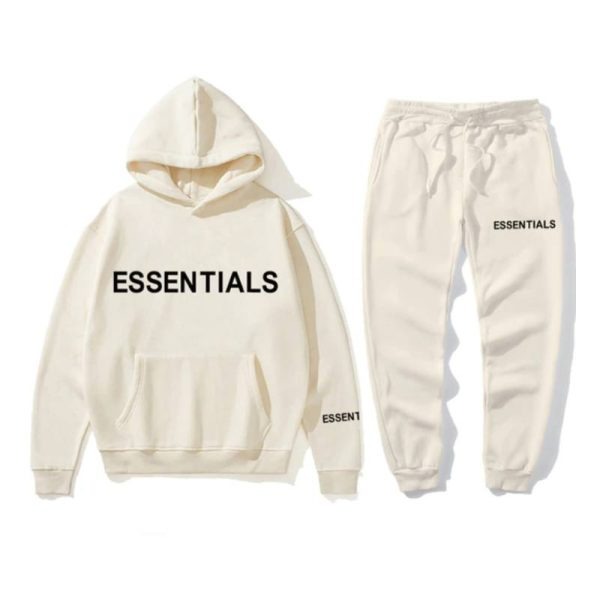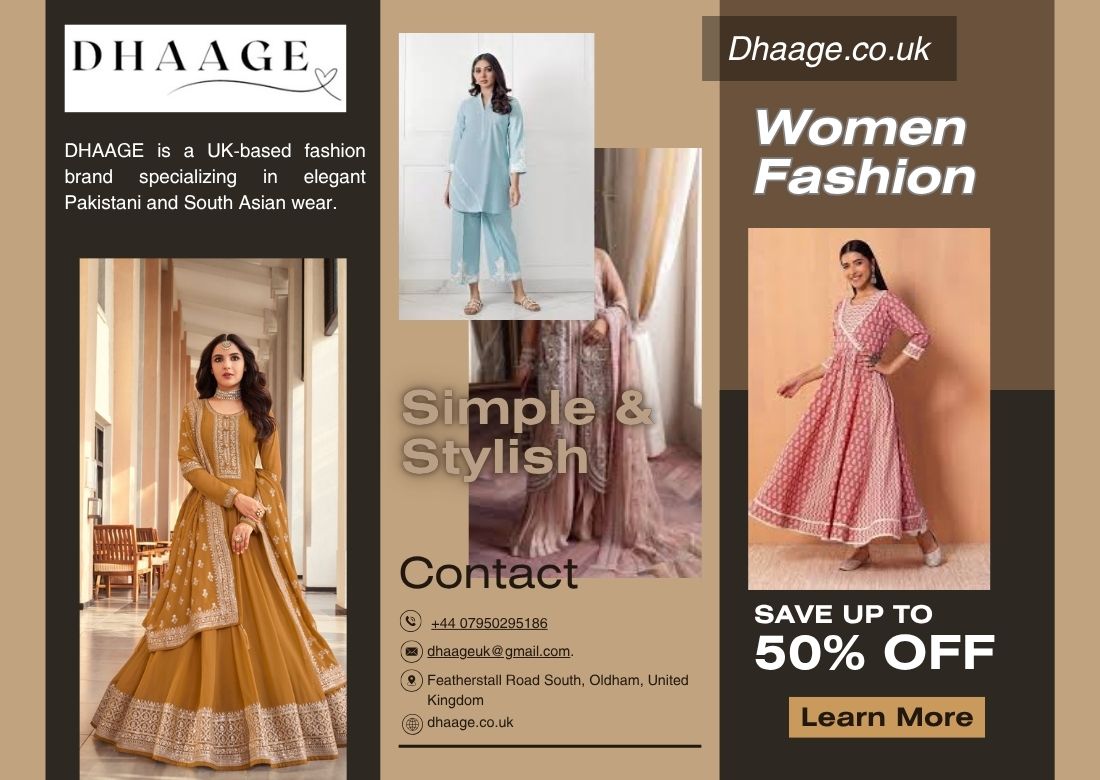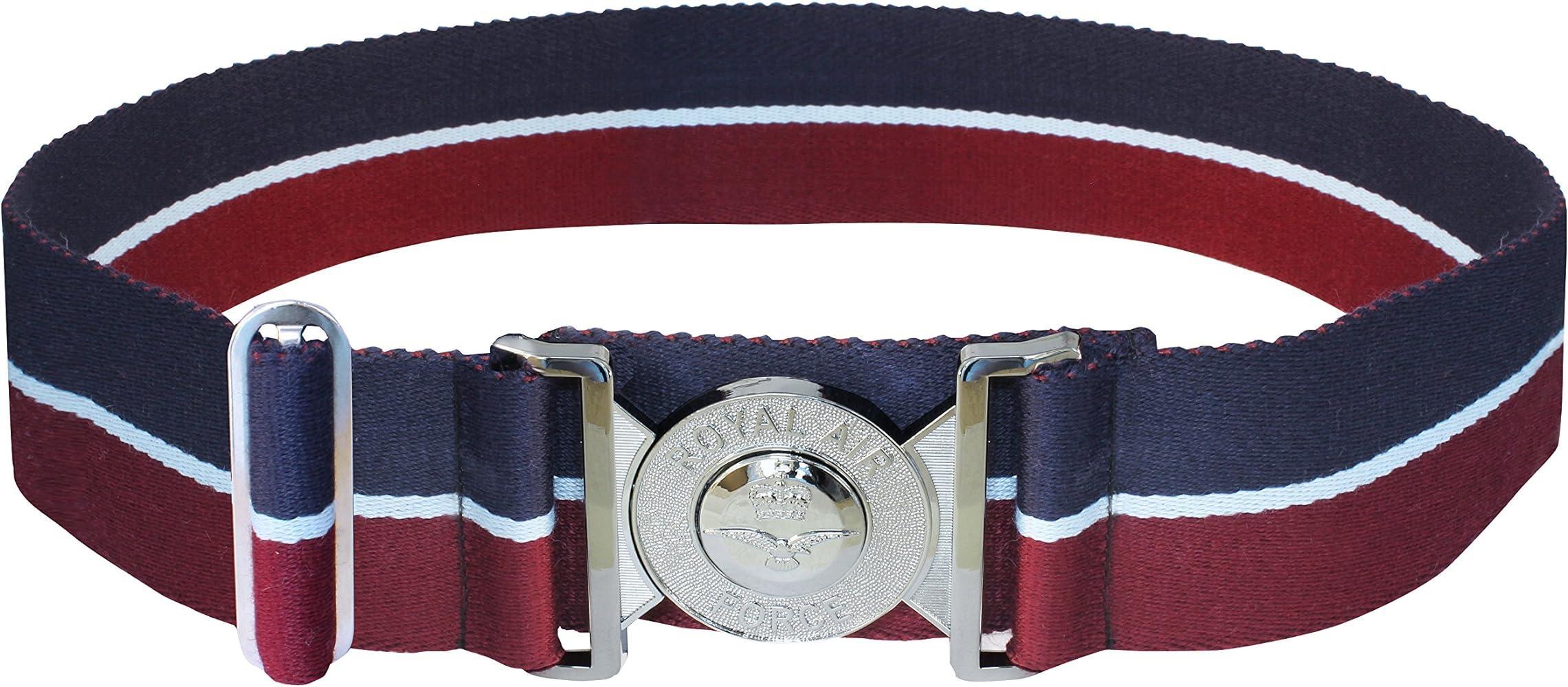
The fashion industry has always been fast-paced and ever-changing, but in recent years, social media has completely transformed the way we approach and experience fashion. Platforms like Instagram, TikTok, and YouTube have reshaped how trends are discovered, how fashion is marketed, and how brands connect with consumers. Social media has given rise to new ways of influencing fashion, creating a more dynamic and inclusive industry.
Let’s take a closer look at how social media is revolutionizing the fashion industry:
1. Instant Access to Trends
Social media has made it easier than ever for fashion trends to spread across the globe in a matter of hours. Influencers, celebrities, and fashion enthusiasts can showcase the latest styles on their platforms, allowing their followers to see and adopt new trends almost in real time. This immediate access to the latest styles has accelerated the pace at which trends emerge, and consumers are now able to adapt to these trends with unprecedented speed.
The visibility of trends on social media platforms has also made it easier for people to experiment with their personal style, as they can see how others interpret and wear the same fashion pieces. This immediate influence allows for greater creativity and individuality within fashion.
2. Celebrity Influence and the Celebrity Lifestyle
Social media has also allowed celebrities to take their influence to the next level, offering a behind-the-scenes glimpse into their lives and giving their followers a direct line to their personal style. The celebrity lifestyle is now more accessible than ever before. With the click of a button, fans can keep up with their favorite stars, watching how they style their outfits, attend events, and even shop for their clothes.
As a result, celebrities have become more than just style icons—they’ve become trendsetters who influence what brands and designers are creating. Whether it’s a casual Instagram post or a TikTok challenge, celebrities now have a direct and powerful impact on fashion, shaping not only what people wear but how they wear it.
3. User-Generated Content and Influencer Marketing
One of the most significant changes in fashion marketing is the rise of influencer marketing. Social media has given individuals the power to influence fashion trends, regardless of their fame. Bloggers, influencers, and everyday consumers who have cultivated strong social media followings can now promote fashion products directly to their audience.
This shift away from traditional advertising methods has allowed brands to tap into niche markets, connecting with their target audience in a more authentic and relatable way. User-generated content, where consumers share their fashion finds or style tips on their own social media profiles, has further blurred the lines between professional models and everyday people.
4. Fashion Shows and Runway Coverage
In the past, fashion shows were exclusive events attended by industry professionals, buyers, and press. Today, social media has democratized access to these events, allowing anyone with an internet connection to watch runway shows in real-time. This shift has made fashion shows more accessible and transparent, and it has given designers and brands a larger, more engaged audience to connect with.
Platforms like Instagram and Twitter have become go-to places for live coverage of fashion events, offering behind-the-scenes content, designer interviews, and exclusive sneak peeks of upcoming collections. As a result, the fashion industry has become more inclusive, giving consumers a chance to be part of the fashion conversation in ways they never could before.
5. Sustainability and Ethical Fashion
Social media has also played a role in promoting sustainability and ethical fashion practices. Influencers, activists, and brands have used social platforms to highlight the importance of eco-friendly fashion, promoting brands that prioritize ethical production, sustainable materials, and fair labor practices. The visibility that social media offers has brought these important issues to the forefront of the conversation, encouraging consumers to make more conscious choices when it comes to their fashion purchases.
In response, many brands are adapting their business models to align with consumer demand for transparency and sustainability. Fashion influencers and eco-conscious consumers are now able to raise awareness about greenwashing, spotlight sustainable brands, and encourage a shift toward more ethical practices in the industry.
6. Direct-to-Consumer Shopping and E-commerce
Social media has significantly impacted the way we shop for fashion. Through platforms like Instagram and Facebook, consumers can discover new brands and make purchases directly from the social media app. The integration of shopping features has streamlined the purchasing process, making it easier than ever to buy products right when they catch your eye.
Influencers often showcase fashion items in “hauls” or “try-on” videos, where they demonstrate how to style certain pieces, providing inspiration for their followers while also driving sales for brands. These direct-to-consumer sales channels have made shopping more accessible, with consumers now able to purchase items without ever having to leave their social media feeds.
7. Diversity and Inclusion in Fashion
Social media has become a platform for promoting diversity and inclusivity in the fashion industry. With the ability to reach large audiences, influencers and activists are using their platforms to advocate for body positivity, racial diversity, and the representation of all genders in fashion. This has led to a shift toward more inclusive fashion campaigns and has pushed brands to rethink their marketing strategies.
The push for inclusivity has encouraged fashion brands to offer a wider range of sizes, to create campaigns that reflect different races and ethnicities, and to promote products that cater to diverse customer needs. Social media has made it possible for marginalized groups to be heard, and the fashion industry has been forced to respond.
8. Virtual Fashion and Augmented Reality
As technology continues to evolve, social media is embracing the integration of virtual fashion and augmented reality (AR). AR filters and virtual try-ons are becoming common features on platforms like Instagram and Snapchat, allowing consumers to “try on” clothing and accessories virtually before making a purchase.
Virtual fashion shows, digital clothing collections, and influencer collaborations with digital fashion designers are also gaining popularity, offering a glimpse into the future of the fashion industry. These technologies are creating new ways to experience fashion and are pushing the boundaries of how we interact with clothing.






Bu yazıda yer alan güvenilir bahis siteleri konusunda detaylı rehberler lazım.